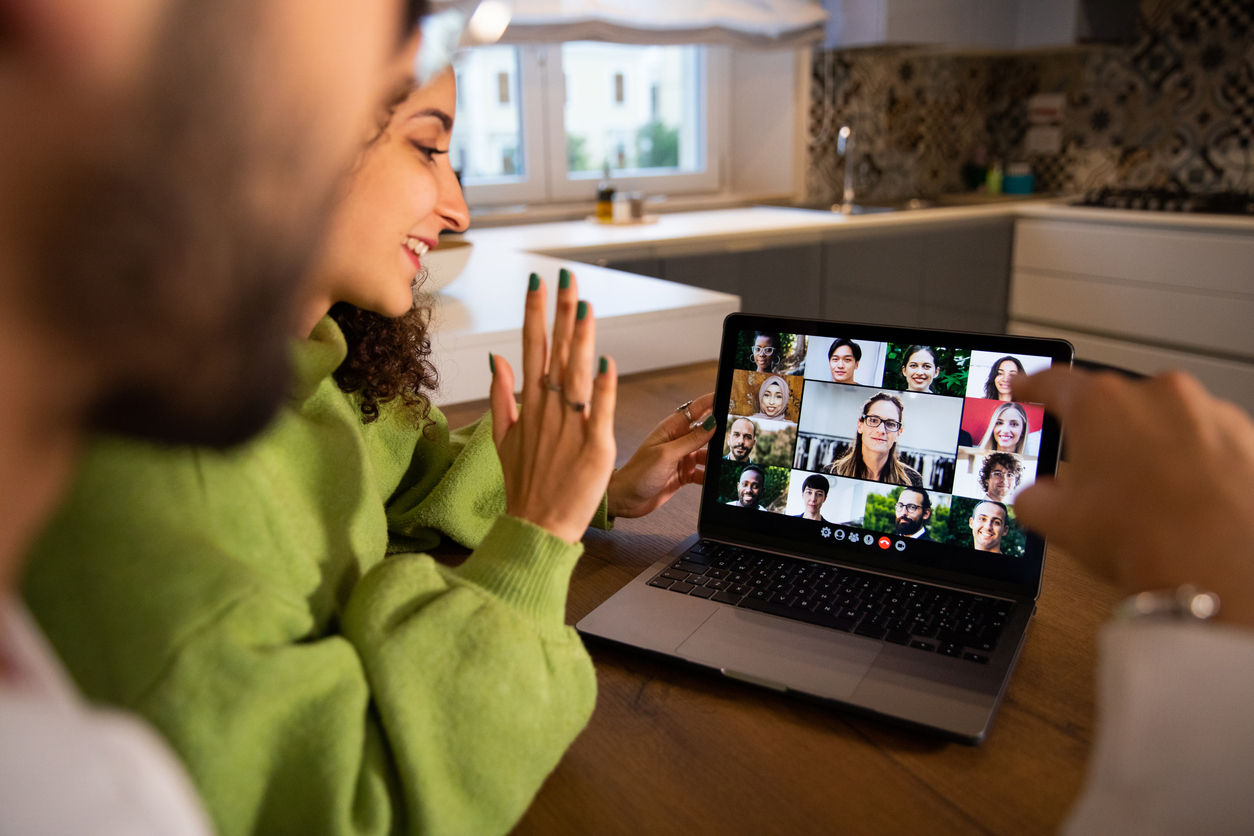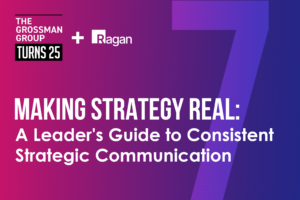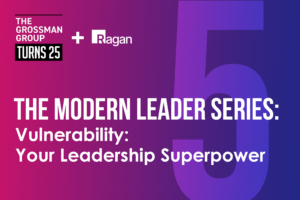How to run collaborative meetings with Gen Z employees
Inclusive, creative approaches to brainstorming with the youngest generation in the workforce.

Gen Z prefers brands and organizations that align with their values, with Edelman reporting that 84% need to share the brand’s values to use it.
The youngest generation in the workforce also holds its employers to a similar standard, expecting inclusivity and creativity in meetings to ensure they feel heard. This means rethinking traditional brainstorming methods to engage Gen Z on their terms.
Bill Imada, Chairman and Chief Connectivity Officer at IW Group, and Tulani André, VP of Social Media at National Geographic, shared their tips for creating more inclusive, effective collaborations.
“Gen Z is quick to notice when someone isn’t contributing, and they’ll pull them into the conversation,” Imada said.
“Currently, we have three different generations navigating the workplace. It’s important to harness their unique working styles, especially Gen Z, who has been almost constantly online,” explained André.
“They’ve seen the impact of speaking up online and want to feel that same validation in the workplace.”
Here’s how you can make that happen.
- Create time for big ideas.
André stresses the importance of giving your team space to think creatively. “I’ve seen organizations ask for big ideas but not provide the time or environment for those ideas to develop.”
- The fix: “We need to make time for creative thinking away from day-to-day work. I’ve worked hard to avoid asking for something I wasn’t giving my team the time to deliver.”
- Why it matters: “Social media is at the forefront of marketing, but teams aren’t just focused on social—they’re thinking about how their work impacts business goals. Our brainstorms aim to hit both brand priorities and broader company objectives.”
- Build on ideas, don’t eliminate them.
Imada advocates for a “yes, and” approach, in which participants build on ideas instead of tossing them aside if they don’t resonate initially.
- Try this: After the initial brainstorming session, pass ideas around for others to expand on. Imada notes, “You’re not just cutting ideas down; you’re making them better as a team.”
- André adds: “Brainstorms should allow for creative thinking without barriers. Encouraging teams to share things they see trending online or experiences that spark creativity can lead to out-of-the-box ideas. It’s not just about work—let them bring their whole selves to the conversation.”
- Use the Alphabet Method to promote equal participation.
Traditional brainstorming often leads to only a few people dominating the discussion. Imada recommends using an alphabetical participation method to ensure everyone gets a chance to contribute.
- How it works: Go around the meeting room in the order that the squares appear, and each participant shares an idea based on the next letter. “This guarantees that no one is left out, and everyone feels heard,” said Imada.
- Narrowing it down: After writing all the ideas down, encourage participants to pass their idea to the person to their left or right who can build on the idea. “It gets people piling onto the idea in a positive way,” Imada added.
- Conduct visual voting to narrow ideas.
Once ideas are on the table, both Imada and André recommend using a visual voting process to narrow down the best ones. You can have participants pick their favorites by moving sticky notes or using digital polling tools for remote teams.
- André explains: “I often break topics down into themes and give smaller groups post-it notes to jot down their ideas. It’s a simple way to keep track of everyone’s contributions, and the smaller groups make it easier for people to share.”
- Why it works: “It keeps everyone engaged and gives the group a clear sense of which ideas resonate most,” said Imada.
Connecting the dots: Creating inclusive, goal-focused meetings that give space for big ideas creates consistency between how Gen Z employees communicate online and how they show up at work. “They’ve grown up with platforms that encourage them to share,” said André, “and they bring that mindset into the workplace. It’s our job to create the environment where their voices can flourish.”







